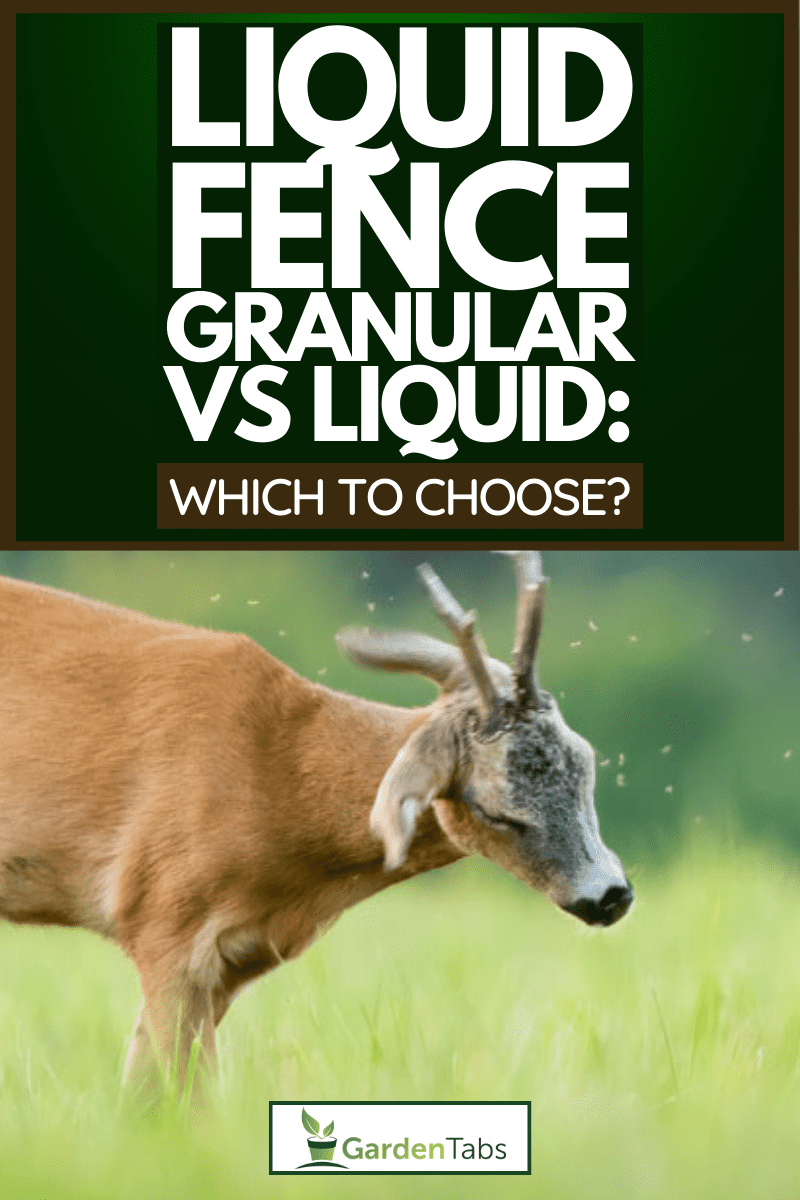Finding the perfect pest/animal repellent for your plants isn't always easy. For example, do you want to try Liquid Fence products but can't decide between the liquid and granular formulas? Which form works best? Luckily, we've done plenty of research to find you the best option!
According to the brand, Liquid Fence granular products work best for low-lying vegetation less than 24 inches tall, such as lawns, pansies, and ivy.
In contrast, the liquid repellent from Liquid Fence works on all garden areas: lawns, flowers, shrubs, ornamental plants, trees, and vines. Therefore, we recommend the liquid formula over the granular product.
In this article, we will cover Liquid Fence products and discuss which is better between liquid and granular formulas. Whether you're new to this brand, haven't used liquid or granular repellents before, or need extra help, we've got your back. With that said, let's dive right in!
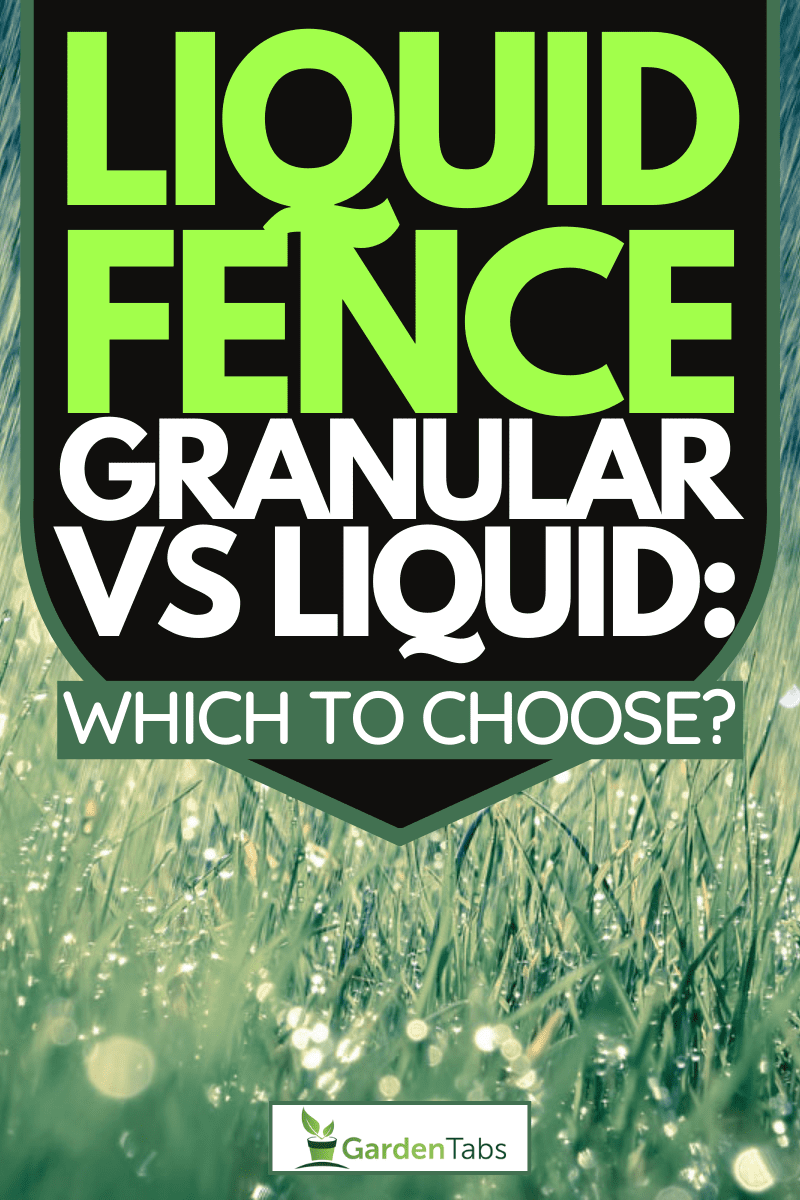
Which Liquid Fence Product Is Better: Liquid Or Granular Repellent?
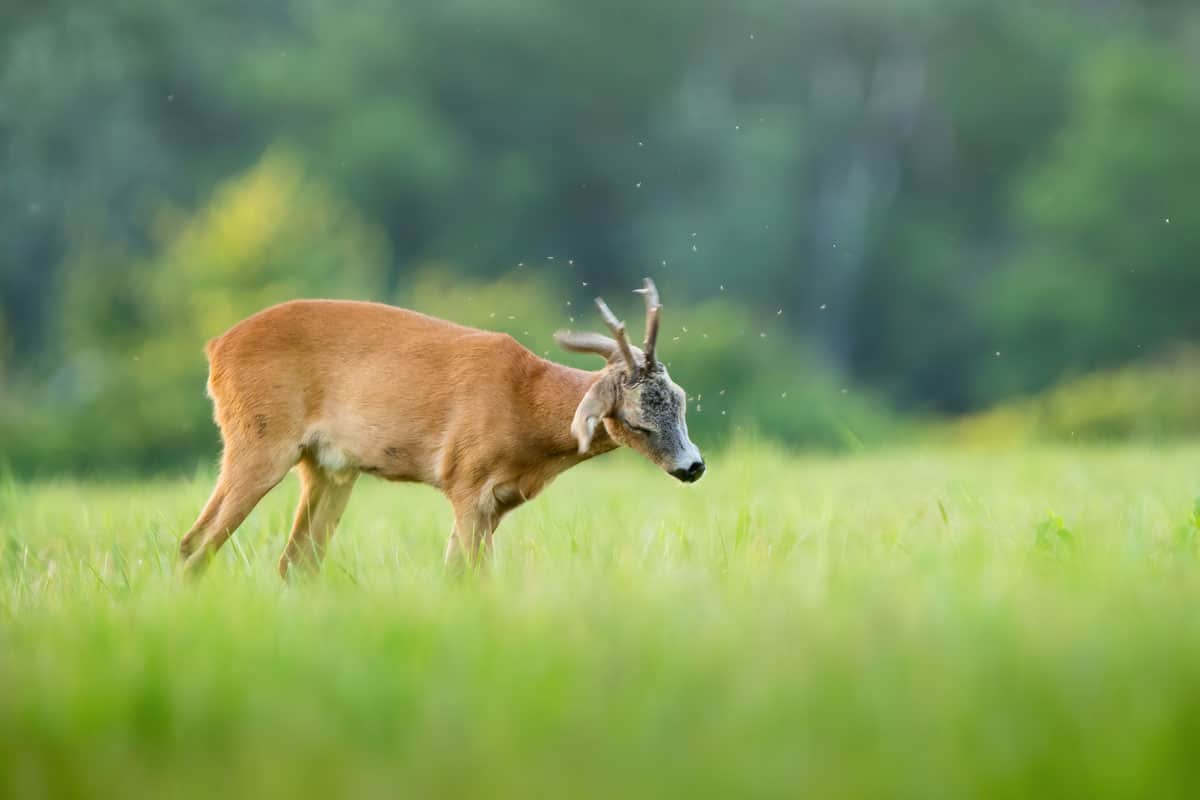
When using Liquid Fence to protect the plants in your garden, most people find more success using liquid formulas. As we said, liquid products from Liquid Fence cover more surfaces than granular options.
For example, Liquid Fence mentions that its liquid animal repellent covers all garden areas: lawns, flowers, shrubs, ornamental plants, trees, and vines. Furthermore, that applies to any size plant.
On the other hand, granular products from Liquid Fence can only repel creatures on low-lying plants, like grass and flowering shrubs.
Since this product line focuses on protecting vegetation from pests/animals, you want to choose a formula that works fast and covers as much space as possible. With liquid products, you can expect this.
It's also worth mentioning that Liquid Fence does not recommend using its granular products on plants taller than 24 inches. So, if your vegetation is made up of taller plants, we recommend liquid formulas.
What Does Liquid Fence Do?
Liquid Fence works to protect vegetation from animals and pests that are often found in landscapes.
For example, this brand carries products targeting moles, deer, rabbits, snakes, geese, armadillos, cats and dogs, and even an "all-purpose" creature repellent.
One of the main points this company makes is that it creates products to safely repel unwanted animals in a garden.
For example, if you have beautiful roses, you don't want your dog or cat eating or peeing on, you can apply Liquid Fence around them, essentially warding off your pet.
These products work by producing scents that the given animal they're advertised for cannot stand. Think of this as creating a nauseating aroma that will keep your plants protected.
The company also mentions its dedication and commitment to making alternatives for repelling animals without harsh chemicals.
That is a big deal for those with pets, as the last thing anyone wants is for their plant repellent to make their furry friends sick.
Luckily, with Liquid Fence, your pup, kitten, or whatever animal you repel won't die or become ill if they come in contact with the formula.
According to a product page for the brand's "All-Purpose Animal Repellent," here's what you can expect it to do:
- Starts working immediately
- Is harmless to plants and animals
- Safe to use around children and pets
- Is safe for edible vegetation
- It lasts for four weeks against rabbits
- Repels rabbits, squirrels, mice, and other small mammals
- It covers approximately 1,000 square feet
If you use and store your Liquid Fence product correctly, it can accomplish all these things.
Which Works Faster: Liquid Fence Liquid Repellent Or Granular Repellent?
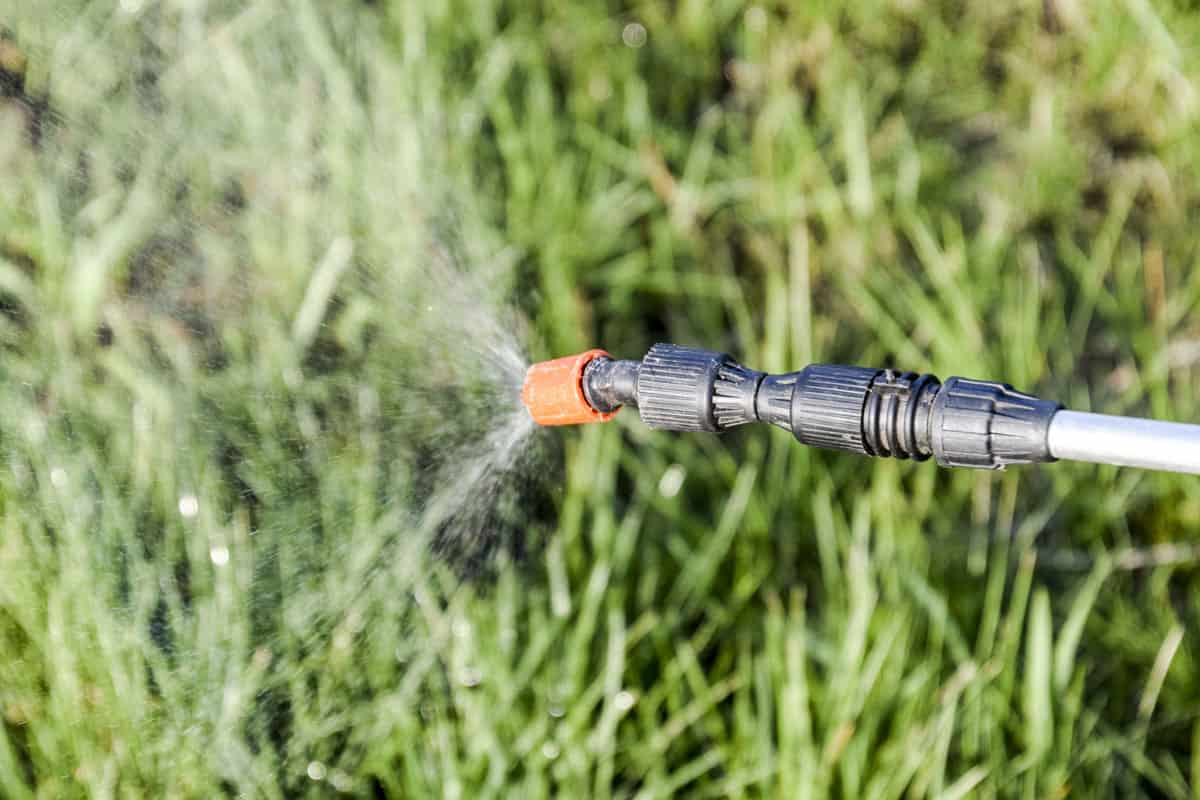
You can expect the two formula to work at about the same speed. Generally, liquid repellents can cover more area and start working instantly, but if you follow the instructions of granular products, they won't be far behind.
Many people prefer granular animal repellents during colder winter months, as they won't freeze. Unfortunately, liquid repellents often lose their power during cold periods.
That can open up your plants to animals during the winter when they're the most vulnerable. So, in that way, using Liquid Fence granular formulas during the winter may be your best bet.
You can expect a slightly faster activation time for liquid repellents for other seasons, but they'll work the same as granular options.
Remember, Liquid Fence makes the same products in granular or liquid forms. The ingredients will be virtually the same.
How Do You Apply Liquid Fence To Your Plants?
For those curious about applying Liquid Fence animal repellents to their plants, this will be pretty straightforward.
Typically, you want to start by reading the instructions located on the back of your product. For liquid formulas, you will add the product for each gallon of water you plan to use.
This may differ per Liquid Fence product (depending on the targeted animal), so keep that in mind.
Once you dilute your Liquid Fence concentrate, pair it with a sprinkler or hose and apply it liberally to your plants. Make sure and do this while your garden is mostly dry.
Liquid Fence liquid formulas respond better to dry conditions, followed by water in the next day or two.
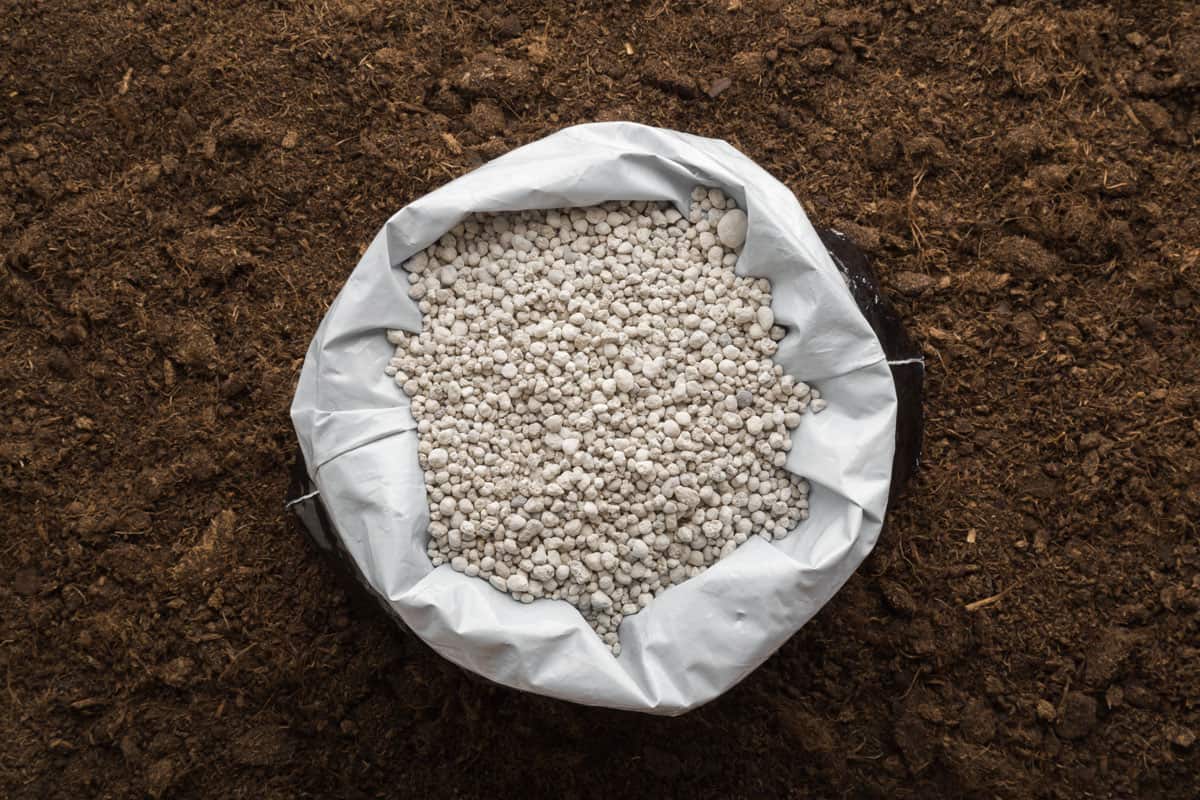
Moving to granular Liquid Fence products, these will be a bit easier to apply. First, you want to remove the cap, and inner seal, securing the lid back onto the container.
Next, shake or pour the granules evenly around the area to be treated, as this will create the protective barrier you're after.
According to the brand's website, you may need to reapply granular formulas after periods of intense rainfall. They mention more liberal applications may be required for specific situations.
Liquid and granular Liquid Fence products often need to be applied more than once, so keep that in mind.
Does Liquid Fence Need To Be Reapplied After It Rains?
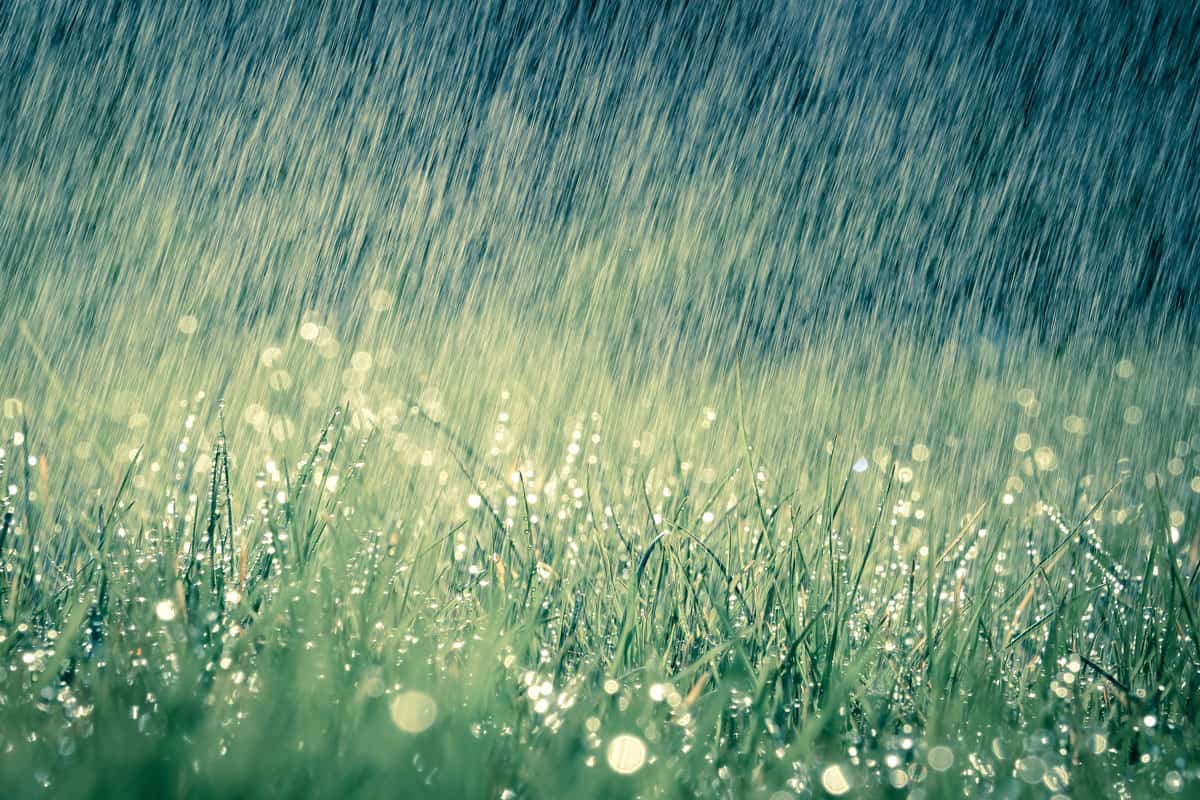
Yes, it may be necessary to reapply Liquid Fence products to your garden after rainfall. According to the company, Liquid Fence will need another application if you get more than one inch of rain weekly.
This product line is made to withstand around an inch of weekly rainfall, so anything more than this can become a problem.
Moreover, if you experience more than four inches of rain in a month, you'll need to apply the Liquid Fence granular or liquid products again.
You want to ensure all of your garden's vegetation is dry before you reapply the product. Using Liquid Fence on a wet plant can make it less effective, thus welcoming animals to the restricted area.
Although the brand doesn't have a specific "dry time," after you use Liquid Fence on your plants, try and give them an hour or two before watering.
The same applies to adding one of these formulas to your plant before a rainstorm. If the weather calls for rain in the next 30 minutes, skip the Liquid Fence and wait until everything clears and dries.
That will help your repellent work better and faster.
How Long Does Liquid Fence Protect Plants?
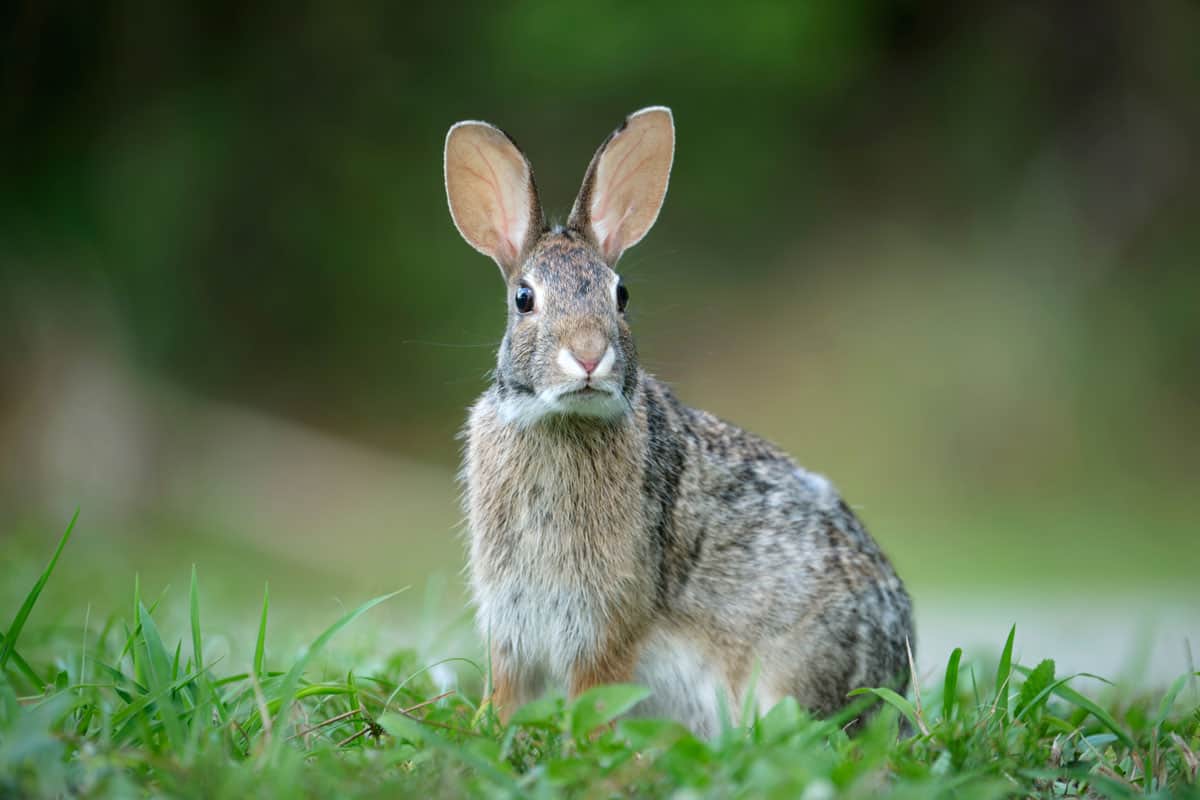
Depending on the product you use, you can usually expect Liquid Fence products to protect your plants for three to four weeks per application.
As we mentioned, this can be different depending on the weather, so sometimes, your repellent may only be helpful for a few days.
With that said, if it doesn't rain more than an inch per week and you follow the directions on your Liquid Fence product, you can expect animals to stay away for about a month.
Because this product line is so effective, you shouldn't need to apply it weekly or biweekly. Around the three-week mark, it might be time for a new coating of granules or a spray of liquid formula.
Luckily, each Liquid Fence product should last for a while, depending on how frequently you reapply them to your garden.
It's also worth mentioning that your animal repellent may work for longer, depending on the time of year. For example, if it's the rainy season (spring/summer), you might notice your Liquid Fence doesn't last as long.
The frequent rain can wash it away faster than usual, meaning less protection for your vegetation. In the fall or winter, when it's drier, you may notice the Liquid Fence work for more extended periods.
Of course, this is different by region, so every landscape is unique. Some climates may warrant more Liquid Fence during spring and summer, while others require the most during winter/colder times.
To Wrap It All Up
Investing in a repelling product might be a good idea if you have animals invading your yard or need help protecting certain plants from your pets.
Liquid Fence offers both granular and liquid animal-repelling products for the garden, which are fast and effective. However, between the two formulas, liquid repellents from Liquid Fence typically work fastest and cover the most area/vegetation.
A drawback to granular Liquid Fence is that it doesn't work on plants taller than two feet, which can limit its effectiveness. Regardless, both types of Liquid Fence will work similarly, so try and apply them during drier periods.
Do you want to keep reading? Check out these related articles!
Is Liquid Fence Safe For Vegetables?
15 Best All-Purpose Plant Fertilizers [Liquid, Powder, and Granular]
Are Crabapple Trees Deer Resistant? [With Tips On How To Protect Them]

